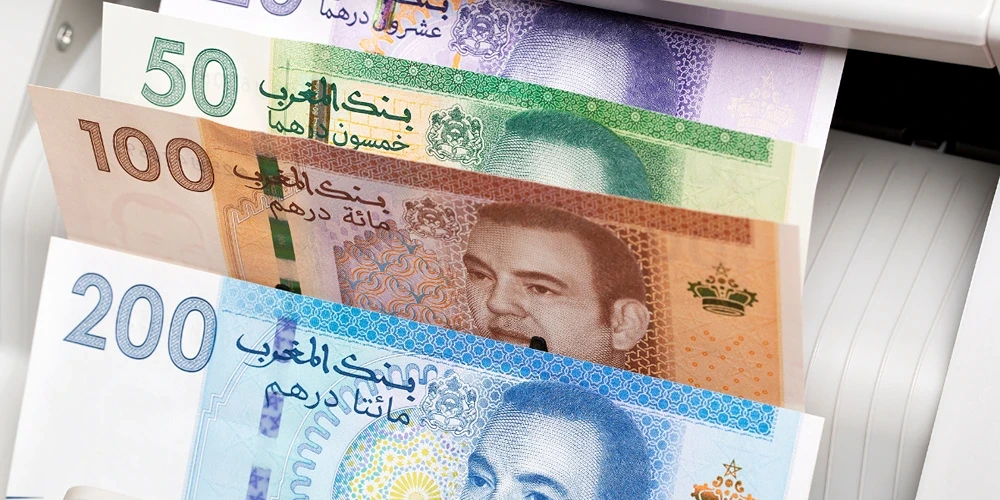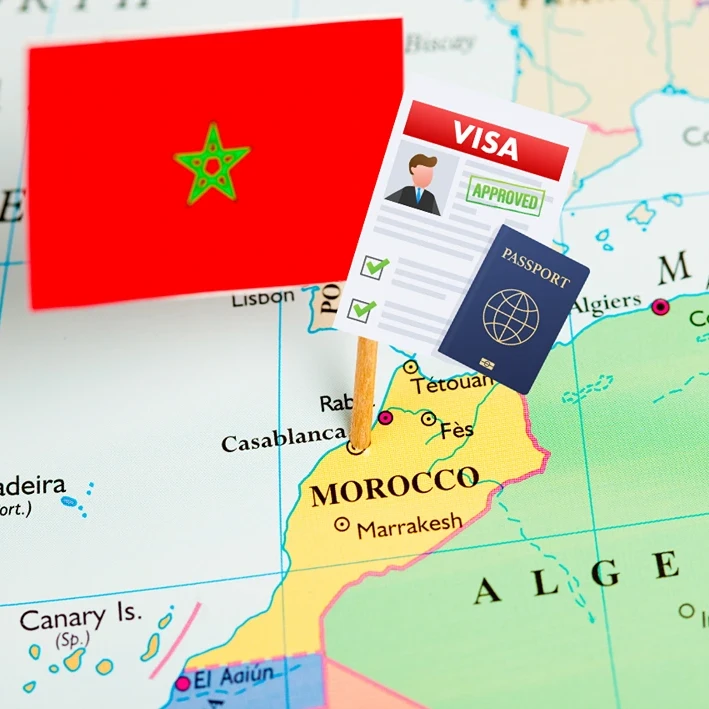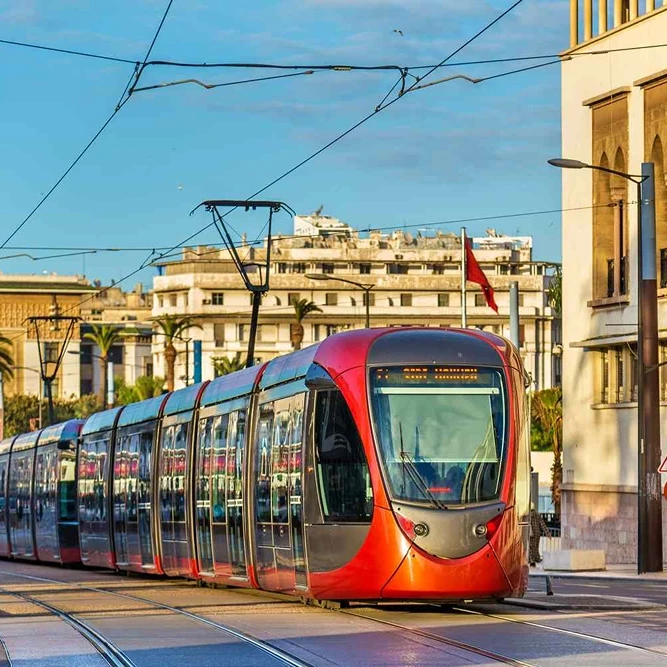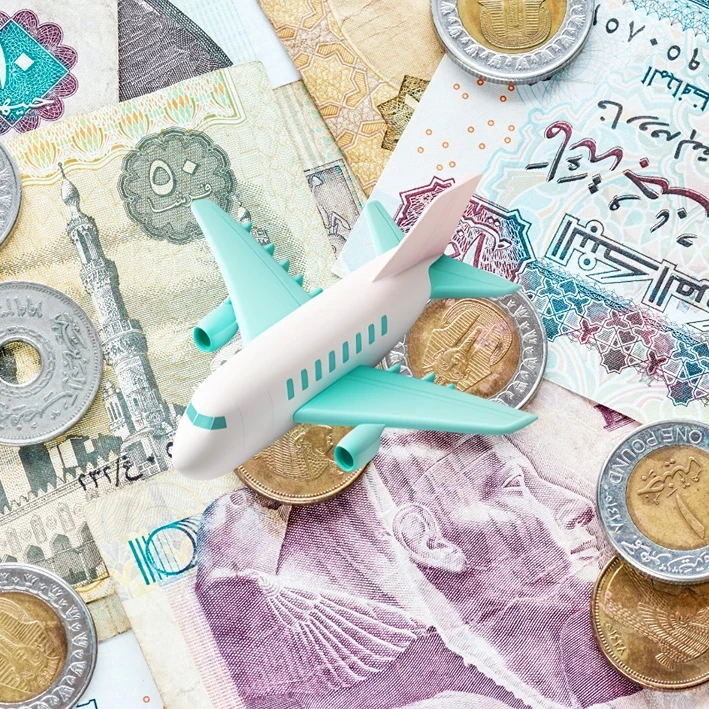How can you experience the richness of Morocco without breaking the bank? Understanding the financial landscape of this vibrant North African country is essential for any traveler. Additionally, knowing the best time to travel to Morocco can significantly impact your budget and overall experience. Different seasons offer various advantages, from lower accommodation costs to more favorable weather conditions. This article delves into everything you need to know about money and costs for Morocco, helping you navigate currency exchange, accommodation prices, food costs, and transportation expenses. By the end, you’ll be well-equipped to budget wisely and make the most of your Moroccan adventure. Let’s start with the basics: Understanding the Moroccan Dirham (MAD).
Table of Contents
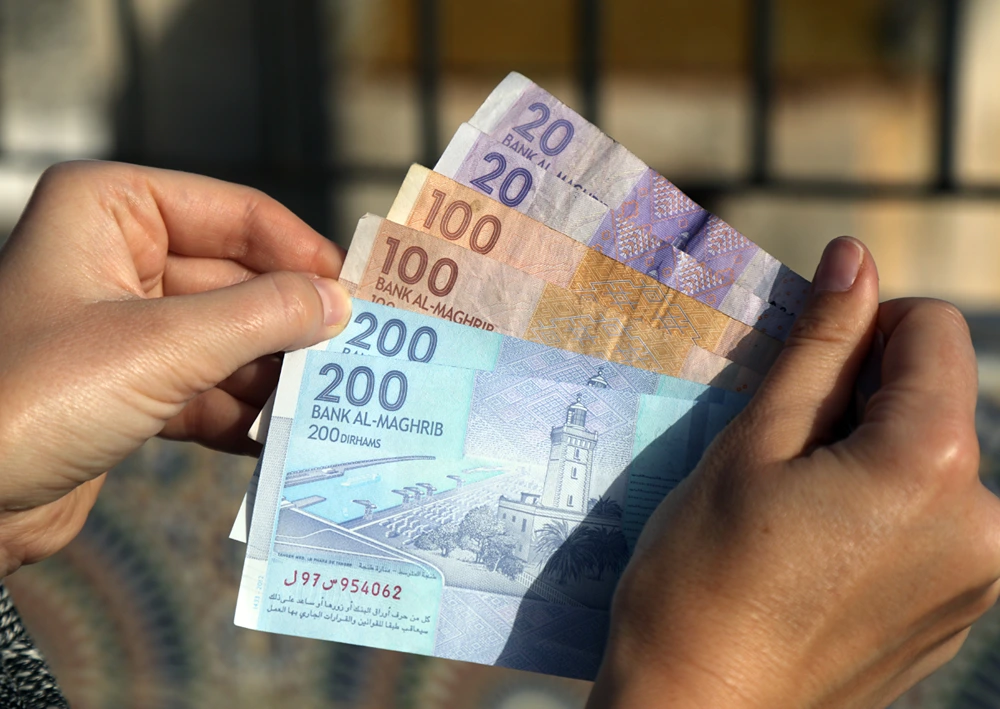
Understanding the Moroccan Dirham (MAD)
The Moroccan dirham (MAD) is the official currency of Morocco. As of the latest exchange rates, 1 USD is approximately 10 MAD. Understanding the local currency is crucial for travelers to manage their expenses effectively. Currency exchange services are widely available at airports, banks, and exchange offices. Additionally, ATMs are common in urban areas and usually accept international cards, though fees may apply.
- Use official exchange offices at airports or banks for the best rates.
- Avoid exchanging large amounts at hotels as their rates are often higher.
- Keep small denominations for daily transactions and tips.
- Notify your bank about your travel plans to avoid issues with ATM withdrawals. Additionally, ensure you are aware of the visa requirements for Morocco to avoid any last-minute complications. Proper planning and understanding of these requirements can help you manage your travel expenses more effectively.
- Use local currency for small purchases, especially in rural areas and local markets.
Credit cards are accepted in most hotels, restaurants, and shops, but carrying cash is advisable for smaller establishments and rural areas. ATMs are plentiful in cities, but it’s important to be aware of potential fees and withdrawal limits. By understanding the practical aspects of using the Moroccan dirham, travelers can navigate their expenses more efficiently and enjoy a smoother experience in Morocco.
Accommodation Prices in Morocco
Morocco offers a wide range of accommodation options to suit various budgets and preferences. From budget hostels to luxurious riads, travelers can find something that fits their needs. Understanding the price ranges helps in planning your stay effectively.
Budget travelers can find hostels for around 60-100 MAD per night. These accommodations are often basic but provide essential amenities such as Wi-Fi and breakfast. For those seeking more comfort, mid-range hotels typically cost between 300-800 MAD per night. These establishments offer better facilities, including private bathrooms and sometimes even pools.
High-end hotels and riads can range from 1,000 MAD to over 3,000 MAD per night. These luxury options provide top-notch services, exquisite decor, and a more personalized experience. Examples include the Cloud on Relax Hotel in Marrakesh for £43 per night and the Aqua Fun Club Marrakesh for £104 per night.
| Type of Accommodation | Price Range (MAD) | Example |
|---|---|---|
| Hostels | 60-100 | Budget hostel in Fez |
| Mid-range Hotels | 300-800 | Casablanca Center Hote |
| Luxury Hotels/Riads | 1,000-3,000+ | Aqua Fun Club Marrakesh |
| Apartments | Varies | Renting apartments in Rabat |
Understanding these price ranges allows travelers to select the best accommodation type for their budget, ensuring a comfortable stay in Morocco.
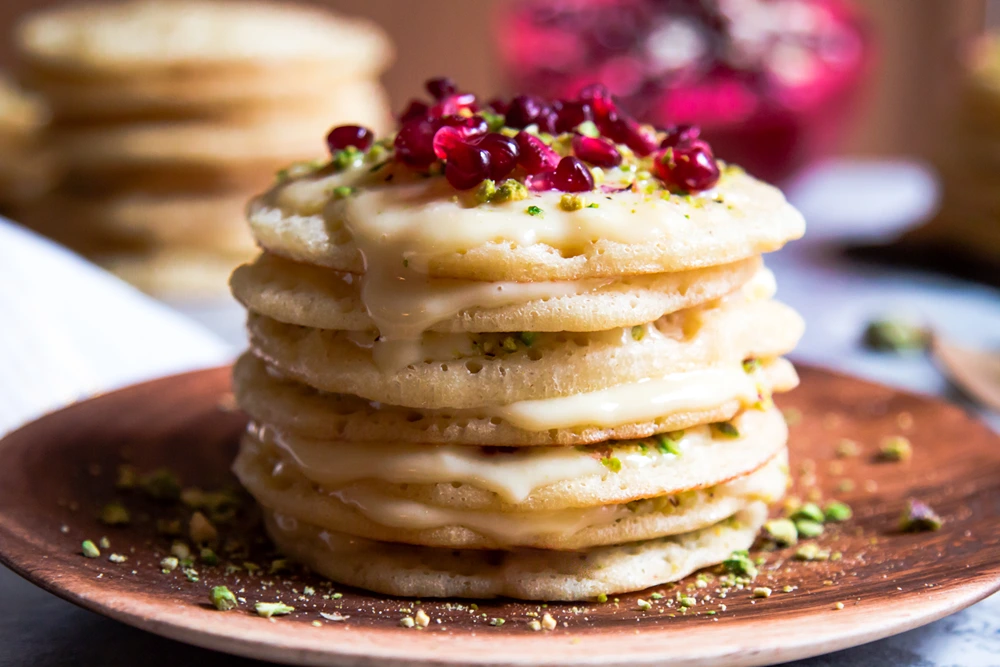
Cost of Food and Eating Out in Morocco
Eating out in Morocco offers a variety of options to fit different budgets. A meal at a budget restaurant typically costs around 30-50 MAD, making it an affordable choice for travelers. For a more refined dining experience, a three-course meal at a mid-range restaurant can range between 150-300 MAD. These restaurants often provide a more diverse menu and a higher quality of service. Street food and local markets present even cheaper alternatives, allowing travelers to sample authentic Moroccan flavors without breaking the bank.
- Tagine: 20-30 MAD
- Couscous: 15-25 MAD
- Moroccan pancakes (Msemen): 1-2 MAD each
- Sfenj (Moroccan doughnuts): 1-3 MAD each
- Harira Soup: 5-10 MAD
When it comes to grocery shopping, the costs can vary based on the type of product and where you shop. For instance, 1 kilogram of raw lamb costs over $10, and prepared lamb can exceed $15. Basic staples like bread, rice, and vegetables are generally inexpensive, making it feasible to cook your own meals if you have access to kitchen facilities. Shopping at local markets not only provides fresh produce but also a more economical way to manage food expenses.
Transportation Costs in Morocco
Public transportation in Morocco is a cost-effective way to navigate the country. For more detailed information on getting around in Morocco, you can explore various options including city taxis, intercity buses, and trains. Understanding the different modes of transportation will help you plan your travel routes efficiently and save on costs. City taxis, known as “petit taxis,” generally charge between 10-20 MAD for short rides. For longer intercity travel, buses and trains offer affordable options, with prices ranging from 50-200 MAD depending on the distance. These modes of transport are reliable and widely used by both locals and tourists.
| Transportation Mode | Approximate Cost (MAD) | Notes |
|---|---|---|
| City Taxi (short ride) | 10-20 | Within city limits |
| Intercity Bus | 50-200 | Depends on distance |
| Train | 50-200 | Depends on distance |
Renting a car in Morocco costs between 200-400 MAD per day. For those interested in exploring the country by road, consider checking out the best road trips in Morocco. These routes offer breathtaking landscapes and unique cultural experiences, making your journey even more memorable. This option provides more flexibility but can be costlier compared to public transportation. To save money, consider booking your rental in advance and comparing rates from different rental companies. Navigating Moroccan roads can be challenging, so ensure you are comfortable driving in diverse conditions. For the most cost-effective travel, use public transportation for long distances and taxis for shorter, urban trips.
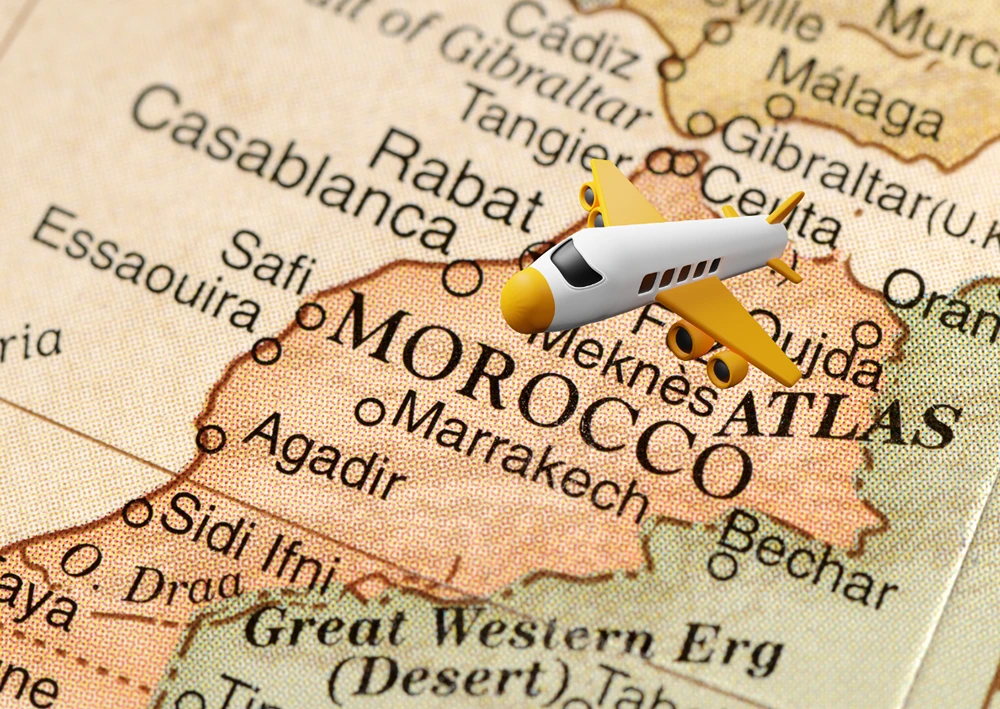
Daily Expenses and Budget Planning for Morocco
Daily expenses in Morocco vary depending on your travel style. For backpackers, daily costs range between 300-500 MAD, covering basic accommodations, street food, and public transportation. Mid-range travelers should budget about 800-1,500 MAD per day, allowing for comfortable hotels, meals at mid-range restaurants, and some guided tours. Luxury travelers can expect to spend upwards of 2,000 MAD per day, enjoying high-end hotels, gourmet dining, and private excursions.
- Flight: 26% of total expenses
- Accommodation: 34% of total expenses
- Transport: 22% of total expenses
- Food: 15% of total expenses
Planning your budget involves understanding the typical spending categories. Flights often consume about 26% of your total trip budget, making it vital to book in advance and look for deals. Accommodation is another significant expense, accounting for roughly 34%. Transport costs, including taxis and public services, generally take up 22%, while food expenses are about 15%.
To manage costs effectively, consider staying in budget accommodations and using public transport. Shopping at local markets for groceries can also save you money. Always keep an eye on your daily spending and adjust your activities accordingly to stay within your budget.
Cost of Activities and Attractions in Morocco
Visiting popular tourist attractions in Morocco is relatively affordable. To make the most of your trip, consider exploring some of the best places to visit in Morocco. These destinations offer a rich blend of history, culture, and natural beauty, ensuring a fulfilling travel experience without breaking the bank. Entrance fees to museums and historical landmarks typically range from 10-70 MAD. For example, museum admissions can vary between $2 to $12, allowing travelers to experience the country’s rich cultural heritage without a hefty price tag.
Guided tours and adventure activities provide a more in-depth experience but come at a higher cost. These can range between 200-1,000 MAD, depending on the type and duration of the tour. Whether it’s a guided tour through the bustling medinas or an adventurous trek in the Atlas Mountains, these activities offer unique insights into Moroccan culture and landscapes.
Entertainment options in Morocco also offer good value for money. Local performances, such as traditional music and dance shows, can be enjoyed for modest fees. These cultural experiences not only entertain but also provide a deeper understanding of Moroccan traditions and lifestyle.
Tips for Saving Money in Morocco
Budgeting and implementing money-saving strategies are essential for making the most of your trip to Morocco. The country offers various ways to stretch your budget without sacrificing the quality of your experience. From bargaining in markets to utilizing local transportation, these strategies can significantly reduce your travel expenses.
- Bargain in markets and souks to get the best prices.
- Use local transportation like buses and trains instead of taxis.
- Eat at local markets and street food stalls for cheaper meals.
- Stay in budget accommodations such as hostels or guesthouses.
- Book activities and tours directly with local providers.
- Avoid expensive tourist traps by doing thorough research.
Avoiding common scams and financial pitfalls is crucial for maintaining your budget. Be cautious of overly friendly strangers offering unsolicited help, as they might expect a tip or commission. Only use official exchange offices for currency conversion to avoid being shortchanged. Always double-check prices and services in advance to prevent unexpected costs. By being aware and prepared, you can enjoy a cost-effective and enriching experience in Morocco.
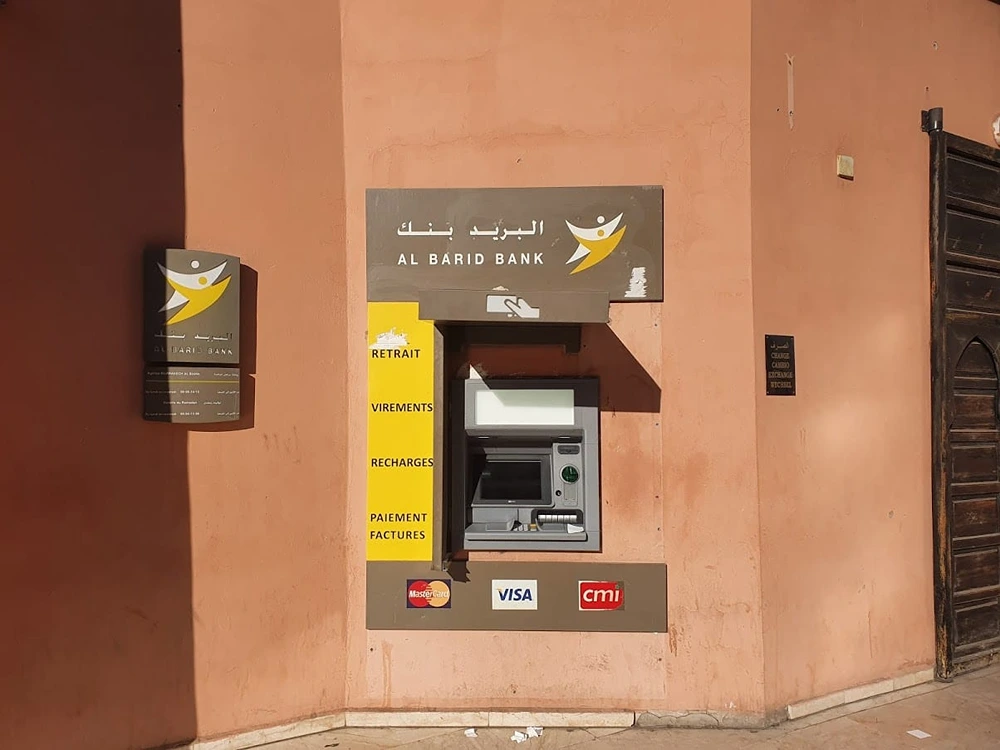
ATMs and Banking Services in Morocco
ATMs are widely available in urban areas across Morocco and generally accept international cards. Fees may apply, so it’s advisable to check with your bank regarding international withdrawal charges before traveling. These machines offer a convenient way to access local currency, especially in cities.
Banking services in Morocco are modern and accessible. Numerous local and international banks operate within the country, ensuring a robust financial infrastructure. Credit cards are widely accepted in most hotels, restaurants, and shops, but carrying cash is recommended for smaller establishments and rural areas. This dual approach helps travelers manage their finances effectively and ensures smooth transactions throughout their stay.
Final Words
Understanding the key aspects of money and costs for Morocco is crucial for any traveler. From comprehending the Moroccan Dirham to budget-friendly accommodations, detailed insights about dining expenses, and the affordability of public transportation, every element plays an essential role in effective budget planning.
Planning well can enhance the travel experience while keeping finances under control. Equipping yourself with practical tips and knowing what to expect in terms of costs will help you navigate Morocco with ease.
Embark on your journey with confidence, ensuring a memorable and financially smart trip.
FAQ
Hazel Wall is a passionate traveler, writer, and explorer dedicated to sharing her experiences and insights with fellow adventurers. With a background in journalism and a deep love for discovering new cultures, Hazel has journeyed across continents, immersing herself in diverse landscapes and traditions.


